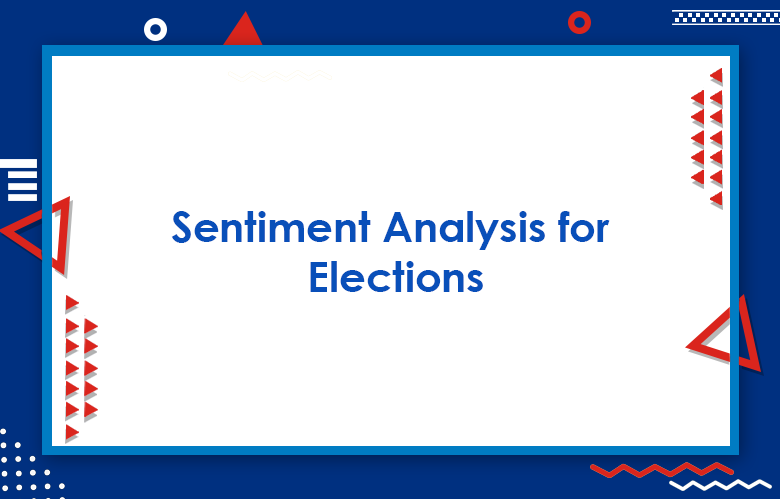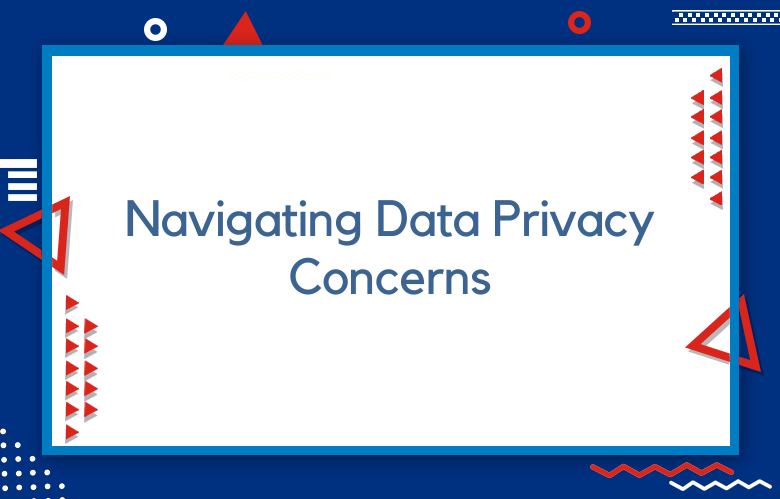Sentiment Analysis for Elections: Sentiment Analysis to predict political elections winning

Sentiment analysis, or opinion grabbing/mining, evaluates the writer’s, speaker’s, or other subjects’ opinions about a topic. It is a tool that helps understand public views about a political candidate, and sentiment analysis is a part of natural language processing and machine learning.
This tool categorizes categories in various platforms, such as audits, news, and articles. The categorization can be damaging, neutral, or positive. Political leaders have begun using this tool to understand the public’s views concerning their performances.
Using election prediction sentiment analysis, candidates’ chances can be understood. It can also be used as a guide for voters unsure of which candidate to vote for. In short, sentiment analysis helps analyze the emotional tone of public online views.
In addition to categorizing opinions, sentiment analysis may also use sentiment scores for grading statements. This is a scaling system that helps in understanding the depth of emotions in a text. The scale may assign a specific value to the sentiment on a scale of 0 to 10. A value of 0 may imply the most optimistic view, while ten may represent the most negative opinion.
Sentiment Analysis for Elections
Types of Algorithms Used for Political Sentiment Analysis
- As sentiment analysis is a fully automated process, it uses specific algorithms to make accurate predictions. Rule-based systems are one of the essential types of algorithms that are used. This approach involves using human-made rules to determine the polarity of opinions.
- It compares lists of polarized words. If more positive comments appear, the sentiment is regarded as positive. If positive and negative stories appear, the result will be a neutral sentiment.
- The intuitive approach is another form of sentiment analysis algorithm. This approach employs machine learning techniques to feed a classifier with text that can yield negative, positive, or neutral categories.
- To achieve this, a feature extractor feeds machine-learning algorithms with pairs of tags and feature vectors.
- Sentiment analysis can also be done using hybrid systems.
- This approach combines automatic and rule-based techniques to make more accurate and reliable predictions.
Benefits of Election Prediction Using Sentiment Analysis
Sentiment analysis can help predict election results in numerous ways. I’ve listed some of the most apparent usefulness identified so far.
- Sentiment analysis is done through automated tools that interpret data using algorithms. There is zero need for manual intervention, making it a highly time-saving method for sorting thousands of data and predicting election results.
- Sentiment analysis provides insight into public attitudes toward a topic. This knowledge can, in turn, be used to identify areas that require suitable actions to develop political parties.
- The growing popularity of sentiment analysis as a natural language processing machine, machine learning technology, and artificial intelligence have made it a common research topic. Applying sentiment analysis is necessary when operating with advanced technologies.
- Real-time analysis of public sentiments can help identify areas that need attention immediately. Once identified, the necessary actions can be implemented in real time without causing delay or manipulating voters’ views.
Limitations of Sentiment Analysis for Elections
Despite the various advantages that sentiment analysis brings with it, some challenges should not be overlooked. Some of the few limitations are mentioned below:
- Biases can affect the prediction of opinions suitable for specific contexts. For example, the tone of the response “absolutely nothing” can change if the question changes from “What did you like about the event?” to “What did you dislike?”
- Inaccurate prediction of sarcastic views that involves positive words for negative expression.
- It analyzes emojis extensively on social media platforms such as Twitter.
- Incorrect categorization of neutral sentiments for views involving objective texts devoid of exact emotions, irrelevant information, or vague opinions such as “I wish it were better.”
- Dependency on a data feed must be error-free for the machine to make correct predictions.
- There is difficulty evaluating views containing contrastive conjunctions such as “the weather was bad, but the event was great.”
- Recognition of named entities in different contexts.
Election Prediction Using Twitter Sentiment Analysis Code
Social media plays an immense role in shaping your attitude towards various objects. Much of daily life is devoted to accessing different social media platforms. The constant flow of ideas and information can form or change your attitude.
And this is why analyzing public sentiments expressed in such platforms is an essential application of sentiment analysis.
Sentiment analysis using social media can be done by monitoring the mentions of your campaign or party on social media. For instance, the negative comments from candidates in news reports and the media were analyzed in the past US presidential elections.
Paying close attention to your social media channels can also help you understand the campaign’s success in reaching people.
And finally, you can analyze Facebook posts and tweets. Tweeter offers a practical and fast way of analyzing public sentiments towards political parties and candidates. To use this platform, you first need to request Twitter API for fetching data related to your query.
You can use TextBlob for POS or part-of-speech tagging to provide significant features. TextBlob is the library that Python uses to process textual data.
TextBlob will allow election data analysis using Python. The text can then be fed to a sentiment classifier that will classify the tweet sentiment as negative, positive, or neutral.
Sentiment analysis is, thus, one of the most effective means in today’s world for understanding public views. This user-friendly method has several applications: business, customer service, marketing, and politics. Its ability to make predictions draws the attention of researchers on a large scale.
large scales for Political Sentiment Analysis
Election prediction sentiment analysis, election data analysis using Python, Election Prediction Using Twitter Sentiment Analysis Code
Conclusion:
Call: +91 9848321284
Email: [email protected]
Click here for



